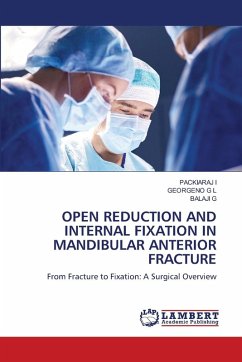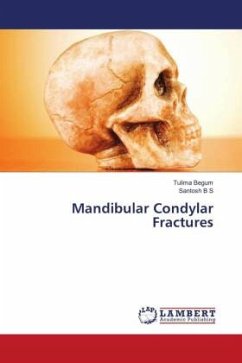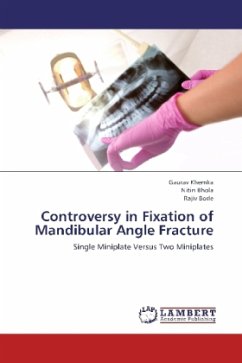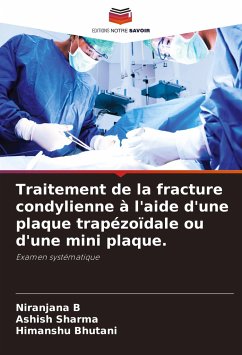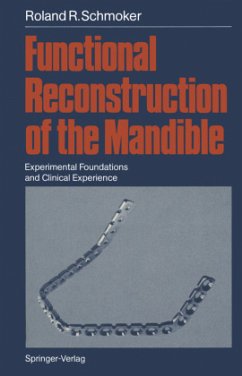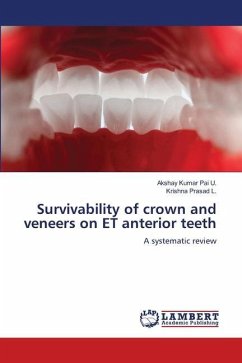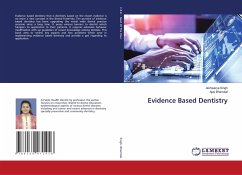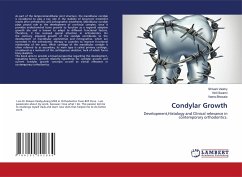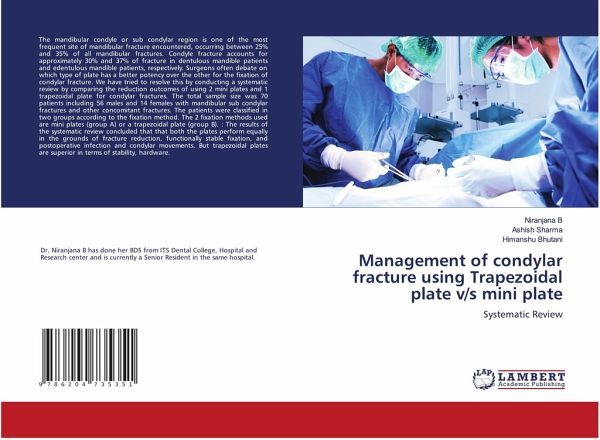
Management of condylar fracture using Trapezoidal plate v/s mini plate
Systematic Review
Versandkostenfrei!
Versandfertig in 6-10 Tagen
29,99 €
inkl. MwSt.

PAYBACK Punkte
15 °P sammeln!
The mandibular condyle or sub condylar region is one of the most frequent site of mandibular fracture encountered, occurring between 25% and 35% of all mandibular fractures. Condyle fracture accounts for approximately 30% and 37% of fracture in dentulous mandible patients and edentulous mandible patients, respectively. Surgeons often debate on which type of plate has a better potency over the other for the fixation of condylar fracture. We have tried to resolve this by conducting a systematic review by comparing the reduction outcomes of using 2 mini plates and 1 trapezoidal plate for condylar...
The mandibular condyle or sub condylar region is one of the most frequent site of mandibular fracture encountered, occurring between 25% and 35% of all mandibular fractures. Condyle fracture accounts for approximately 30% and 37% of fracture in dentulous mandible patients and edentulous mandible patients, respectively. Surgeons often debate on which type of plate has a better potency over the other for the fixation of condylar fracture. We have tried to resolve this by conducting a systematic review by comparing the reduction outcomes of using 2 mini plates and 1 trapezoidal plate for condylar fractures. The total sample size was 70 patients including 56 males and 14 females with mandibular sub condylar fractures and other concomitant fractures. The patients were classified in two groups according to the fixation method. The 2 fixation methods used are mini plates (group A) or a trapezoidal plate (group B). : The results of the systematic review concluded that that both the plates perform equally in the grounds of fracture reduction, functionally stable fixation, and postoperative infection and condylar movements. But trapezoidal plates are superior in terms of stability, hardware.




